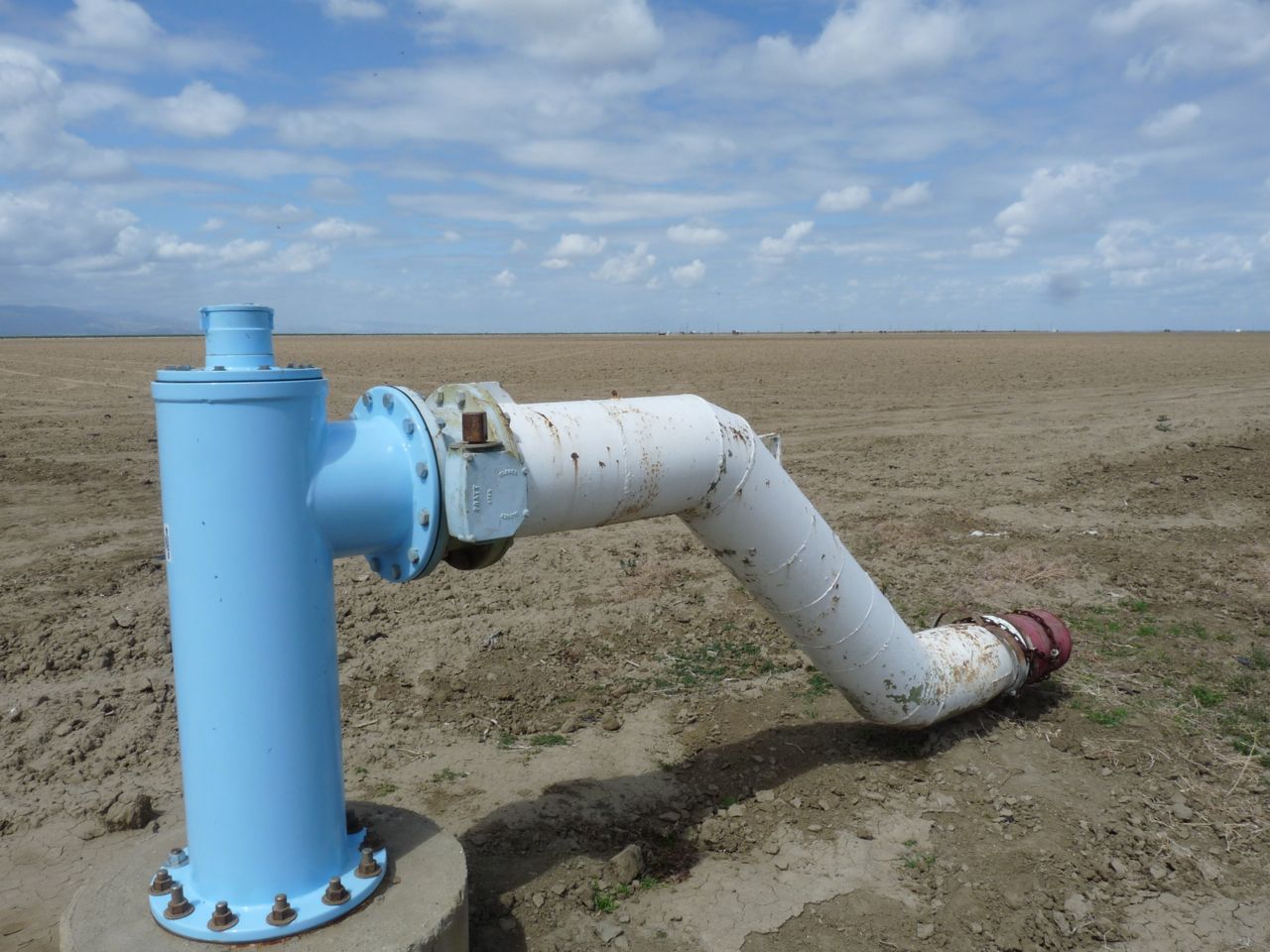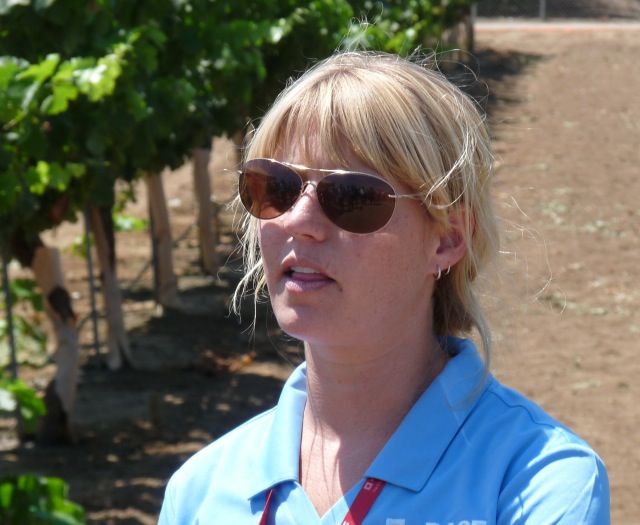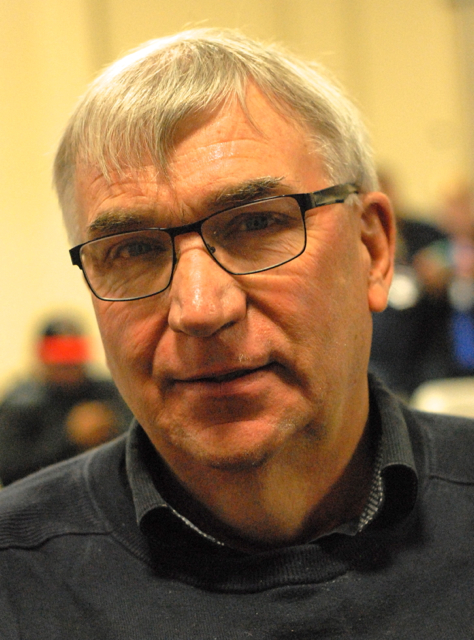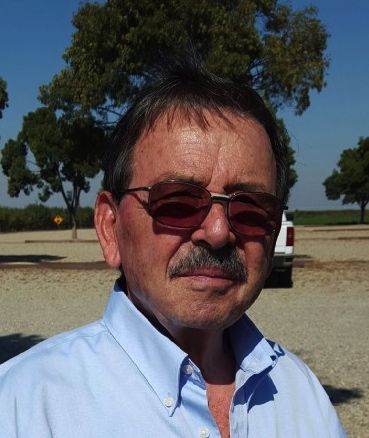Associations, Organizations, Educational and Research Institutions
Avian Influenza
Waterfowl Migration Flyways Have Poultry Industry on Guard
By Brian German, Associate Editor
We are at the peak of migrating bird traffic flying north to south, and poultry operations throughout California and the rest of the country are looking skyward with dread. The industry aims to detect all flyways as migrating birds are suspected of spreading Asian Highly Pathogenic Avian Influenza (HPAI) A (H5N1) virus that devastated the poultry business last year throughout the Midwest with some lesser problems in California. In fact, more than 48 million birds, primarily turkeys and laying hens, were infected and had to be depopulated last year throughout the Midwest.
“These global flyways waterfowl use to move north and south and back again every year are basically like freeways,” said Maurice Pitesky, a Veterinarian and UC Cooperative Extension assistant specialist and UC Davis School of Veterinary Medicine lecturer in Population Health & Reproduction. “And in those freeway lanes,” he continued, “different birds interface with each other. We have a Pacific flyway that covers California, which can interface with the East Asia and Australian flyways. If you look at the genetics found in North America, especially in California, the genetics match some of the HPAI found in South Korea.”
Locating birds in flyways can alert poultry operations to implement immediate measures to prevent potential HPAI spreading on anything on the outside or inside of the poultry house.
_______________________________
Feral Swine Also a Problem
Pitesky noted a great abundance of feral swine in California, and the geographical extent is poorly understood. “But what we do know with respect to influenza is that although feral swine, and swine in general, are unique species, influenza viruses from humans and influenza viruses from birds can infect swine. That represents one of the ways we get new strains of Avian Influenza that could adversely affect all animals, including birds and potentially humans,” he noted.
Of course, poultry HPAI is not a problem for humans. Pitesky noted, “When people say ‘highly pathogenic,’ it has nothing to do with whether humans get it or not. The ‘highly pathogenic’ label is specifically for birds in that it makes birds sick. There is no evidence any of those strains we found in North America are zoonotic, meaning able to infect humans, at this point,” he said.
_______________________________
_________________
Biosecurity Explained – 6 Simple Steps
The USDA Animal and Plant Health Inspection Service (APHIS) wants to help poultry owners keep their birds healthy by practicing biosecurity to reduce the chances exposure to animal diseases such as avian influenza (AI) or exotic Newcastle disease (END).
APHIS advises the following consistent daily biosecurity practices:
- Keep your distance. Isolate your birds from visitors and other birds.
- Keep it clean. Prevent germs from spreading by cleaning shoes, tools and equipment.
- Don’t haul disease home. Also clean vehicles and cages.
- Don’t borrow disease from your neighbor. Avoid sharing tools and equipment with neighbors.
- Know the warning signs of infectious bird diseases. Watch for early signs to prevent the spread of disease
- Report sick birds. Report unusual signs of disease or unexpected deaths.
_________________
The USDA’s Fall 2015 HPAI Preparedness and Response Plan to preventing and responding to future HPAI cases, in collaboration with industry and State partners, includes:
Promoting improved on-farm biosecurity practices in order to prevent future HPAI cases to the greatest extent possible
Improving HPAI surveillance in wild birds as a means to provide “early warning” risk information to States and industry
Expanding Federal, State and industry response capabilities, including availability of personnel, equipment, and depopulation, disposal and recovery options
Improving USDA’s capabilities to rapidly detect HPAI in domestic poultry and to depopulate affected flocks within 24 hours to reduce the environmental load of HPAI viruses and their subsequent spread
Streamlining the processes for payment of indemnity and the cost of eliminating viruses so that producers receive a fair amount quickly, to assist them in returning to production
Enhancing our ability to communicate in a timely and effective way with producers, consumers, legislators, media, and others regarding outbreaks and other information
Making preparations to identify and deploy effective AI vaccines should they be a cost beneficial addition to the eradication efforts in a future HPAI outbreak.
_________________
Resources:
UC Davis School of Veterinary Medicine
2015 Avian Influenza News (Bird Flu)
California Animal Health and Food Safety (CAHFS) Laboratory System
_________________
CDFA
Poultry Facility Biosecurity Risk Assessment Guide: “We will always be one step ahead.”
Highly Pathogenic Avian Influenza (HPAI) outbreak in the United States
Avian Entry Requirements into California Update
_________________
USDA
Animal and Plant Health Inspection Service
_________________





























